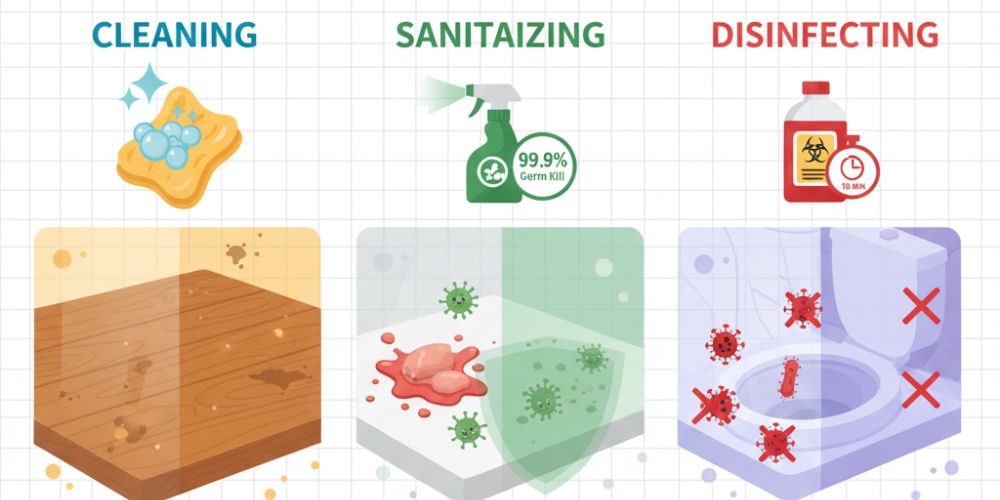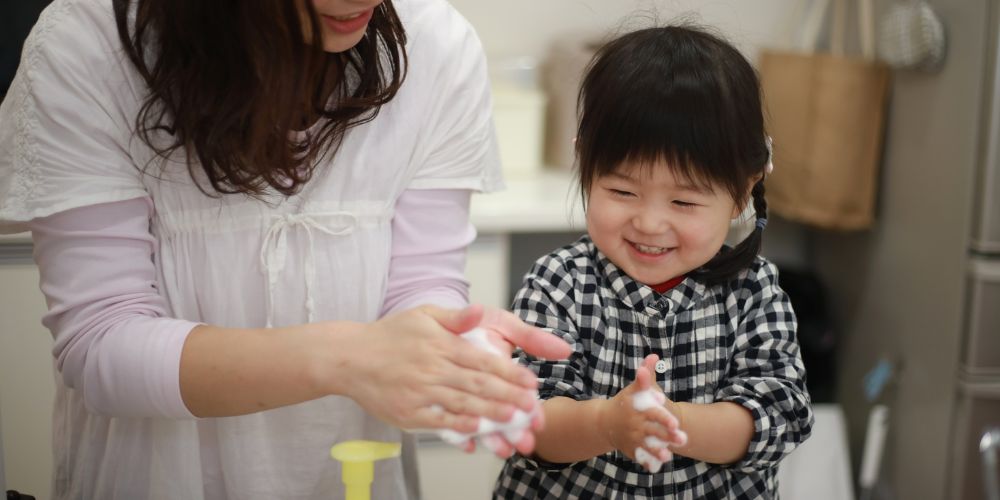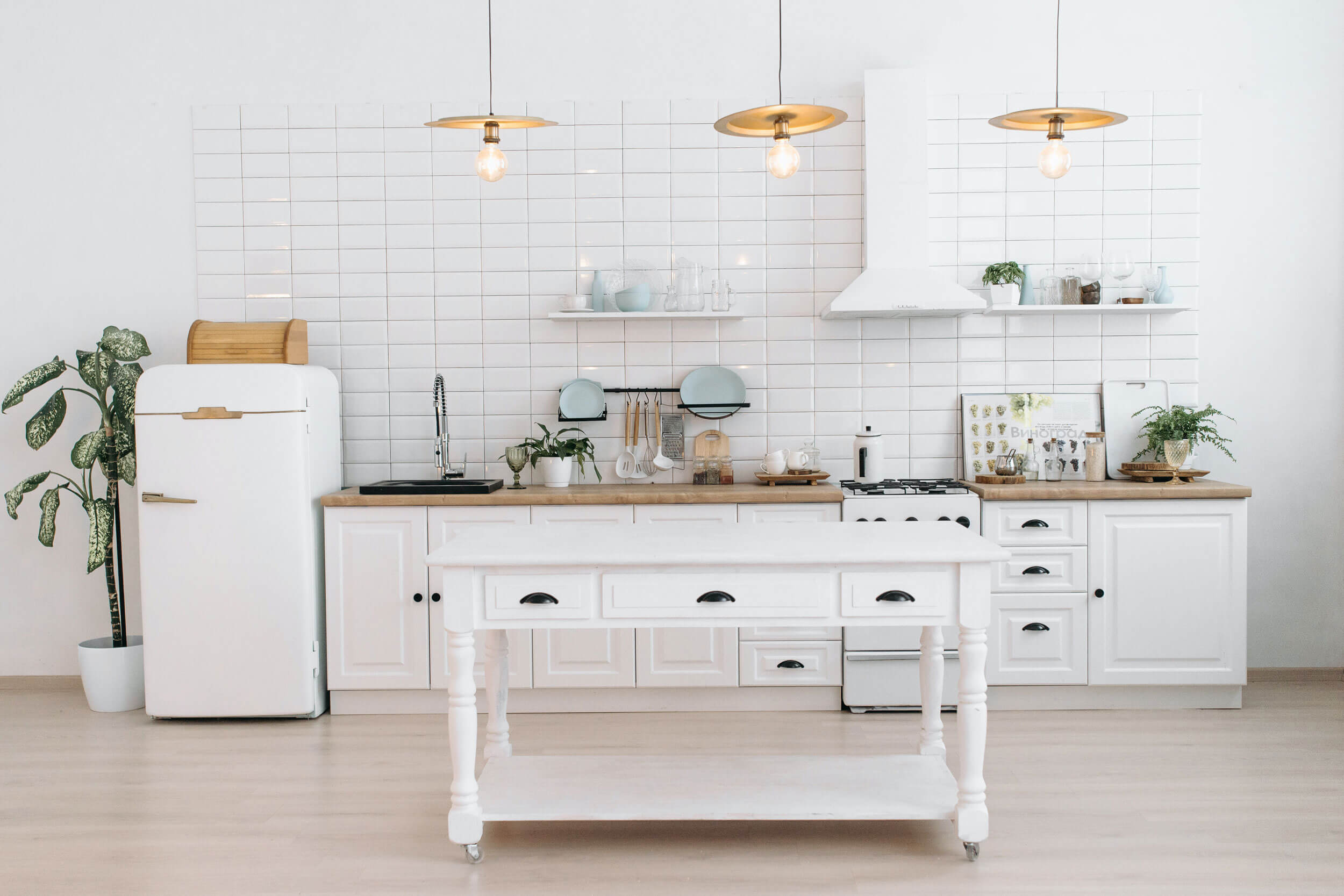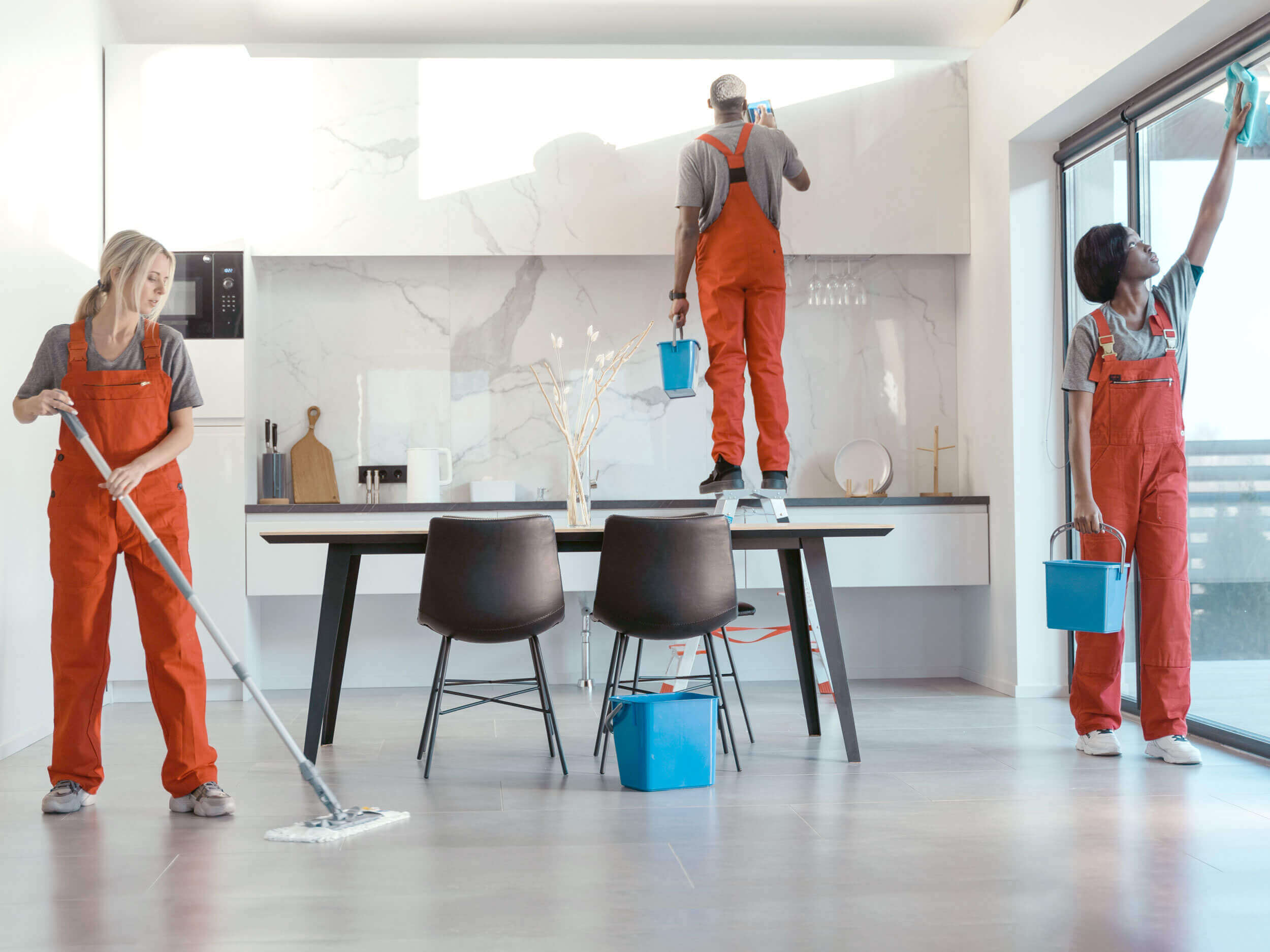Colds and flu affect you most when the air inside your home is dry and your windows stay closed. Droplets still carry most viruses, but desks, handles, phones, and all the ‘frequently touched’ items provide extra routes that keep infections spreading.. Influenza can live two full days on plastic, while common-cold rhinoviruses linger even longer.
To that end, lowering live germs on household surfaces matters as much as covering coughs and washing hands. In the article below, we explain the best way to sanitize your home effectively and efficiently so that your family, friends, and visitors don’t blame you for the flu.
Cleaning vs Sanitizing vs Disinfecting

Many products claim to “kill germs,” but labels use three promises. First, do the basic cleaning — soap and water lift visible dirt and even remove some germs. Second, move to sanitizing. This step cuts the germ count down to what health authorities call a safe level. Thirdly, finish with disinfecting. When you follow the label, it wipes out nearly every germ named on the bottle.
Always clean before the other two. Grease and crumbs form a shield that keeps the latter chemicals from touching the microbes.
Map the High-Touch Zones

Every household shares objects that act like hand-to-hand delivery trucks for pathogens.
- Door knobs, cupboard pulls, drawer handles
- Light switches and touch panels
- Faucet handles and toilet levers
- Refrigerator, microwave, and oven grips
- TV remotes, game controllers, smart-speaker buttons
- Phones, tablets, keyboards
- Stair rails and chair backs
- Car steering wheels and gear shifts
- Backpack straps, lunchbox lids, reusable water bottles
- Pet leash clips and food scoops
Daily Cleaning Tips for Cold and Flu Season
Fifteen focused minutes control most viral spread.
- Soap-and-water round. Run a warm, sudsy cloth over the counters, rinse well, then wipe dry — no skipping this base layer.
- Targeted spray. Wipe all high-contact points with an EPA-approved disinfectant, leave it wet for the entire label duration, and wipe it off or allow it to air-dry only then.
- Linen duty. Replace hand-towels, dish-cloths, and that sponge immediately.
- Trash patrol. Empty bins holding used tissues, and give your own hands a solid 20-second wash right after.
Weekly Deep-Sanitizing Routine
Set aside one proper cleaning slot every weekend so corners skipped during daily wipe-downs don’t keep collecting germs.
- Start with the bathroom, clean the sink and tub with regular cleaner and apply a new bleach mixture, allow it to stay for five minutes, then spray it off using warm water.
- Shift to bedrooms and the hall, run sheets, blankets, and soft toys on the hottest wash their tags permit, and dry them on high so stubborn viruses are shown the door.
- Finish with the floors, vacuum carpets or rugs with a HEPA unit for the fine dust, mop tiles, vinyl, or wood with a disinfectant meant for non-porous surfaces, and respect the label’s contact time.
- Close the round by changing the HVAC or room-purifier filters; trapped germs should stay trapped.
The brand you choose is secondary — repeating these steps weekly is what truly keeps your home clean and safe.
Product Selection Made Simple
A spotless home doesn’t require an entire supermarket of cleaners; a small, reliable kit is enough.
- Check the label first: The EPA registration number tells you the formula has cleared official tests—do not skip this step.
- For gadgets: Anything with a screen prefers isopropyl alcohol (70% or higher). Mist the liquid onto a soft cloth and wipe lightly—pouring straight on the device is asking for trouble.
- Porcelain and tile: Add four teaspoons of bleach to one quart of water; make a new lot every day to ensure the strength is not lost. Apply, wait five minutes, then rinse.
Please remember: the right chemical strength does the hard work. Added perfume or colour may smell nice, but contributes nothing to hygiene while bumping up the bill. Follow these pointers and everyday touch-points will stay ready for use without fuss.
Personal Habits That Strengthen Surface Care

Regular handwashing is still the fastest defense against cold and flu, yet a few extra habits tighten the net.
- Sanitiser at every doorway: Park a pump bottle with at least 60% alcohol near the door so hands get a quick rub while entering or leaving.
- Soap after key moments: Lather up after a cough or sneeze, after cleaning jobs, after stepping in from outside, and always before handling food.
- No‐share rule in a flare-up: Give each family member a separate towel, pen, and water bottle—sharing ends there.
- Knuckle over fingertip: Use a knuckle for public buttons for lift buttons and public touchscreens, tap with a knuckle; that finger rarely wanders to the face.
- Ten-minute window break: Morning and evening, open the windows for ten minutes. A quick flush of outdoor air thins any indoor virus cloud and keeps the room safer for all.
Common Mistakes to Avoid
Please watch out for these routine slip-ups:
- Spraying and walking off: Most disinfectants insist on a wipe-down after the stated minutes. Extra liquid can harm gadgets and leave a sticky film that no one enjoys later.
- One rag for the whole house: The same cloth simply carries germs from the kitchen to the bedroom. Keep separate, colour-tagged cloths or use disposables, then wash or bin them without delay.
- Guessing the contact time: Shiny does not equal safe. Read the fine print, set a timer, and let the chemistry do its work.
- Forgetting the soft stuff: Pillows, curtains, and rugs harbor droplets that may return to the air. Regular vacuuming and hot-cycle washing keep these items honest.
- Treating the purifier as a magic fix: Filters grab what floats, yet viruses still park on tables and phones. Surface care remains a non-negotiable part of full protection.
Also read: How to Prepare Your Home for Professional Cleaning
Conclusion
- Use correct terms and clean first, sanitize next, disinfect when maximum kill counts are required.
- Prioritize high-touch zones; they serve as viral airports.
- Follow contact times on every product; a quick swipe may leave dangerous residues.
- Pair surface strategy with solid hand hygiene and fresh air.
It takes consistent effort to keep your home truly clean instead of relying on gadgets. Start small — one countertop, one doorknob — and expand room by room. These steady habits protect your family’s health and comfort. For a deeper, time-saving clean, contact St. Louis Clean Solutions, serving St. Louis and nearby areas.




